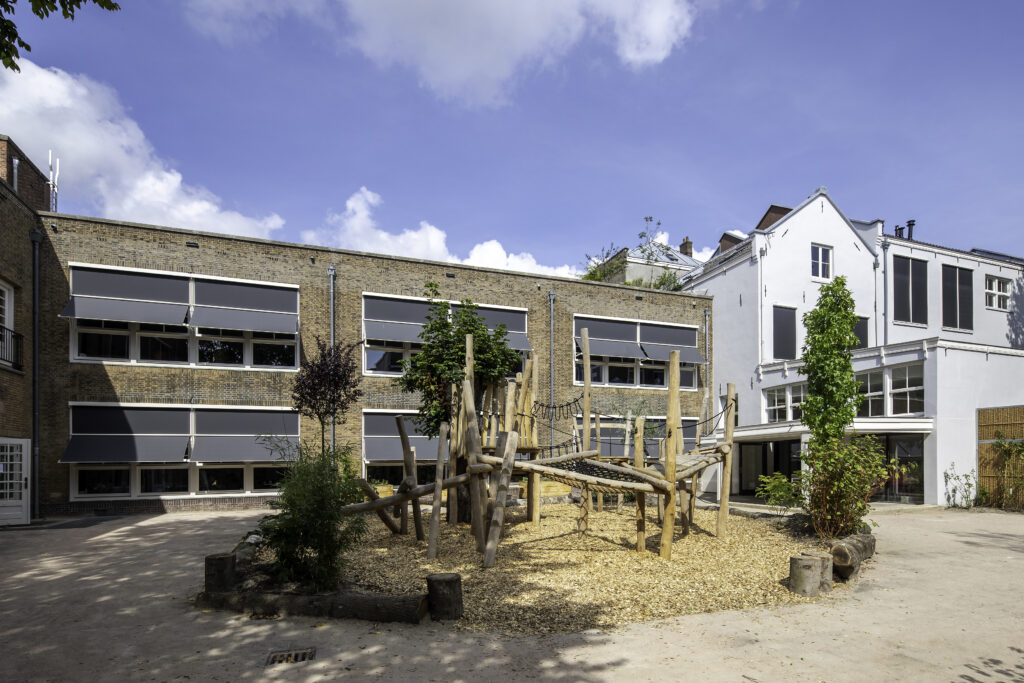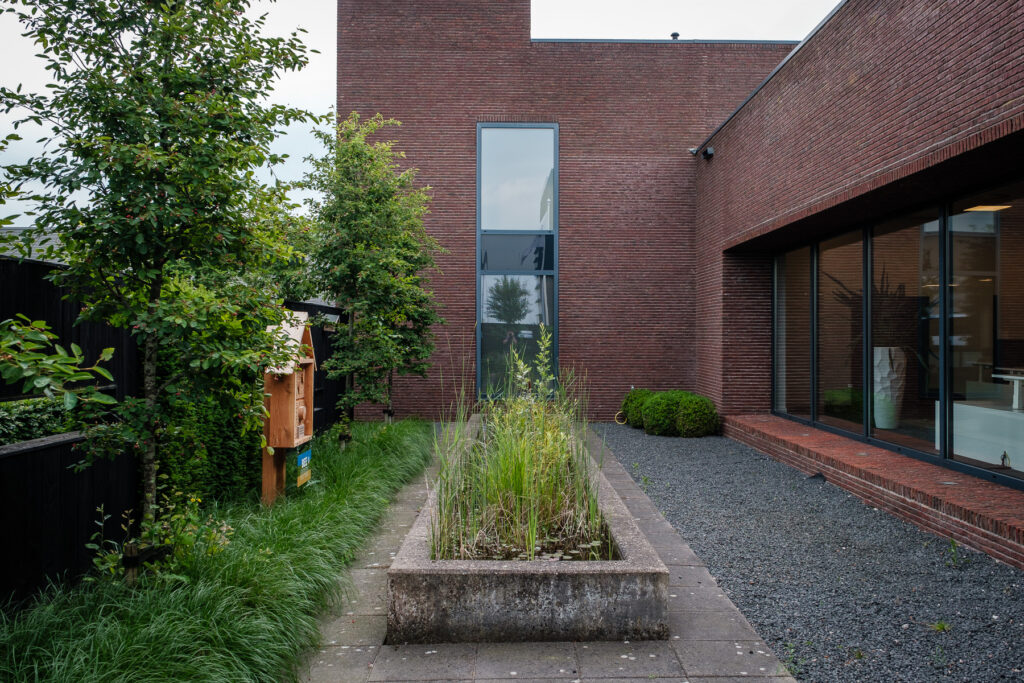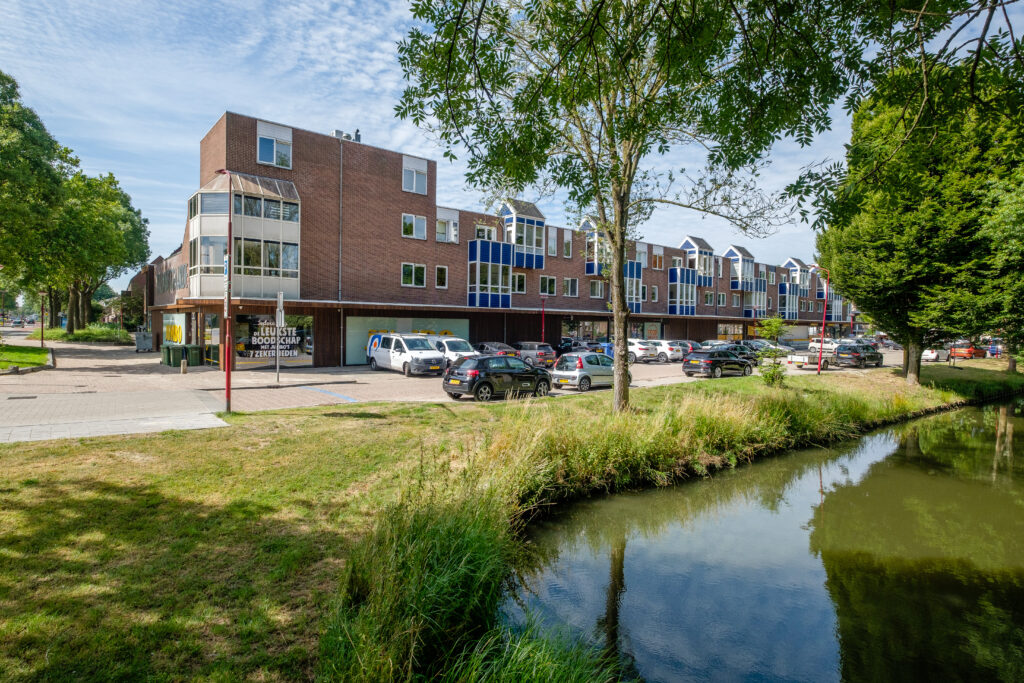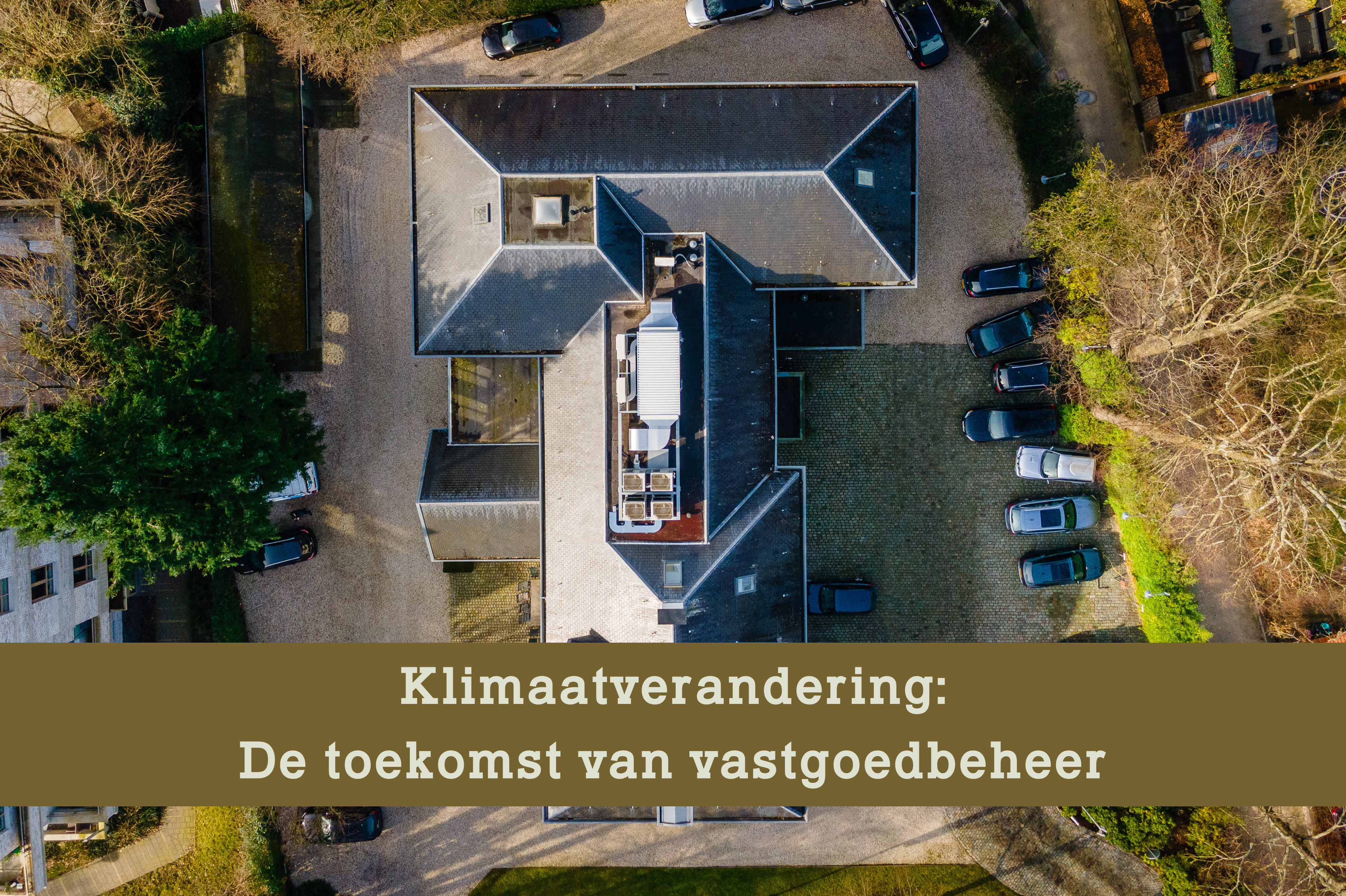Our climate is changing and this is already leading to more extreme weather: heavy rains, longer periods of drought and more heat waves. This also affects our real estate and how we use it. Buildings face more risks, but climate change also brings opportunities for property owners. In this article, we discuss the risks and look at how the sustainable property manager can guard against them.

Climate change risks to real estate
First, the changing climate puts property owners at greater risk of climate damage to buildings, resulting in high costs. This could be due to water damage in the form of flooded basements, floods or hail damage. But research by the Financial Markets Authority (AFM) also shows that 800,000 homes in the Netherlands are at risk of subsidence and collapse due to land subsidence during prolonged droughts.
Climate change can also lead to higher costs in other ways. For example, heat waves increase the energy required to cool buildings, especially if they are poorly insulated. And if a building is located in a climate risk area, this could lead to property depreciation. As insurance companies review their policies on climate-related risks, insurance premiums are also rising.
A third risk is that of user comfort. For example, schools, care facilities and senior citizens’ complexes can overheat on hot summer days, potentially putting (vulnerable) residents and users at risk. Moreover, heat leads to lower labour productivity.
Finally, legislation is changing. For example, the government is setting increasingly high standards for the sustainability of buildings, such as with the mandatory energy label for office buildings. But a number of banks are also calling for a ‘climate label’, which is intended to provide insight into a building’s climate resilience. For example, a climate label can indicate whether a building is in a flood-prone area or prone to foundation damage due to drought. Or that solar panels can be installed on the roof.
Prepared for climate change
Climate change can therefore pose a (financial) risk for property owners. To avoid surprises, it is important to be prepared for the impact of climate change on your property. If you make a timely commitment to property sustainability, it actually offers great opportunities!
Energy and cost savings
Hotter summers lead to higher ‘cooling demand’ in buildings. By investing in a building’s energy efficiency, you reduce energy costs in the longer term. With better insulation, energy-efficient equipment and smart energy management systems, you save substantially on the cost of cooling or heating your building. Moreover, by doing so, you actively contribute to less CO2 emissions and a smaller impact on climate change.
Healthy environment
You can also invest in climate adaptation measures. These are adaptations to buildings and the environment that mitigate the effects of climate change. Consider, for example, greening the outdoor space, installing a green roof or disconnecting rainwater drain. Such measures do not directly reduce your energy costs, but they do reduce heat stress and reduce the risk of flooding. Moreover, these measures often have a positive impact on nature and biodiversity in the surrounding area.
Increased demand for sustainable property
Consumers and businesses have a growing preference for sustainable real estate. As a property owner, investing in green, climate-proof buildings strengthens your market position and makes you more attractive to tenants, buyers or users of your property.

Well prepared for the future
Good preparation is half the battle, but how do you tackle ‘climate-proof real estate sustainability’? When renovating buildings, you can consider a number of principles for future-proof and climate-proof design. We list the most important ones below:
Insulation and airtightness
Investing in high-quality insulation materials and improving the airtightness of buildings can reduce heat loss in winter and heat absorption in summer. This helps save energy and ensures a more comfortable indoor environment, regardless of the outside temperature.
Solar heat and sun shading
Designing buildings with strategically placed windows, sun shading and overhanging structures can help make maximum use of the sun’s heat. This provides natural heating in winter and can reduce the need for artificial heating. In summer, it works exactly the other way round: with the right measures, you keep the heat out and prevent the air conditioning from working overtime.
Green roofs and facades
In urban areas, you run the risk of the heat island effect. This means that temperatures in built-up areas are higher on average than in rural areas. This is mainly because dark materials of buildings absorb sunlight. It can be as much as 8 degrees warmer in inner cities on hot summer days than in the outskirts. This also leads to higher cooling demand inside buildings. With green roofs and facades, you can reduce the temperature in the city as well as the building. This is because greenery acts as an insulator and reduces heat transfer. Moreover, green surfaces capture rainwater and contribute to more biodiversity.
Water management
Water-resistant design elements, such as drainage systems, rainwater harvesting systems (such as a wadi) and open, permeable paving, help prevent flooding around the building. This is particularly important in areas prone to heavy rainfall and flooding.
Heat-resistant materials
The right materials also reduce the heating of buildings on hot days. Natural materials, roofing in light colours, heat-reflective paint and thermally insulating cladding can help create a cooler indoor environment.
Modern technologies
Finally, technologies such as renewable energy sources (e.g. a heat recovery system), smart building automation (think sun shading and climate control) and materials with lower environmental impact offer opportunities for real estate sustainability.
Invest on time
In short, there is no reason for climate panic or heat stress, but climate change is a factor to consider as a property owner. Adapting buildings to changing conditions in time and seizing opportunities for sustainable growth requires a proactive attitude. By investing in climate-proof buildings, you as a property owner can build a climate-proof portfolio with the real estate of the future.


